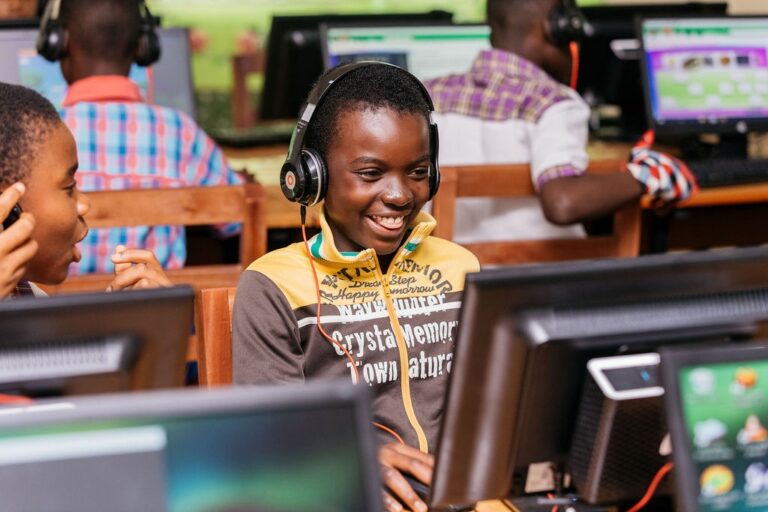By Meghan Bogardus Cortez 12 January, 2018
Got 10 minutes? Then you have time to learn something.
Microlearning, or a short burst of learning that lasts from 10 to 15 minutes, isn’t just a new trend you’ll find on teaching blogs. Educators have been doing it for years without labeling it as such.
“It’s an old concept. Flashcards are an example of microlearning,” says Lindsey Sudbury, an academic instructional technologist at Northeastern University who recently co-authored an article on the topic and presented the research at EDUCAUSE’s 2017 conference. “It started out as analog, but now there are digital versions of flashcards. It is just the idea that you can take any information and just do it as you have time.”
SIGN UP: Get more news from the EdTech newsletter in your inbox every two weeks!
What Is Microlearning?
As educators look to help students integrate what they already know into new content, Sudbury says microlearning can help students use that knowledge.
These 10-or 15-minute learning bursts have students reiterate concepts they are learning in hyper-focused, digestible content. The Northeastern article cites one example of microlearning as having students apply their knowledge of chemical processes after reviewing a five- to 15-second clip of a chemical reaction.
“We focus on microlearning where students sometimes consume, but often create content,” she says. “It’s usually created quickly after a lot of thought and integrating what they already know.”
At Northeastern, students flex their knowledge on Twitter and Snapchat to create posts for other students, or even faculty, to consume.
How Microlearning Is Helping Prevent Student Burnout Syndrome
With students constantly being taught more complex concepts, breaking education into smaller pieces can help to reduce the cognitive overload and the student burnout syndrome that can come with that.
“With microlearning, you’re constantly getting this information over and over again, so it’s allowing for you to really synthesize information and connect those dots more frequently,” says Clair Waterbury, an academic instructional technologist at Northeastern and Sudbury’s co-author.
These short bursts of educational material, often in the form of a video, or in Northeastern’s case, a social media post, also fit today’s learners better.
With its digital nature, microlearning content can be accessed anywhere and allow students to learn at their own pace, an Oust Labs blog reports.
Microlearning Platforms: Leveraging Social Media for Students
To appeal to today’s learners, Sudbury and Waterbury find social media to be the perfect platform to engage in microlearning.
“Our students and faculty are already doing a lot of microlearning very informally, and without even knowing it, on social media,” says Waterbury.
Rather than asking students and teachers to use an entirely new digital tool to engage in microlearning, Sudbury and Waterbury asked faculty and students to simply formalize the processes they already had.
Waterbury and Sudbury say successful social microlearning should do three specific things:
- Provide opportunities to deepen information retention
- Create learning communities
- Increase student engagement
On Twitter, for example, teachers could have students post using a classroom hashtag before or after class to stimulate conversation outside class, further engagement with their students and allow students to apply what they are learning in class to interactions outside of class.
“One of the great things about social microlearning is that you are leaving the classroom and you’re still thinking about the concept, you’re following different experts and you’re learning from real-world experience,” says Waterbury. “The biggest benefit was just breaking the walls of the classroom.”



![[Preliminary Report] CRNA Collaborative Research for Exploring Factors Nurturing"Happy and Resilient" Children among Asian Countries](https://equity-ed.net/wp-content/uploads/2024/09/1725672182698.jpg)


